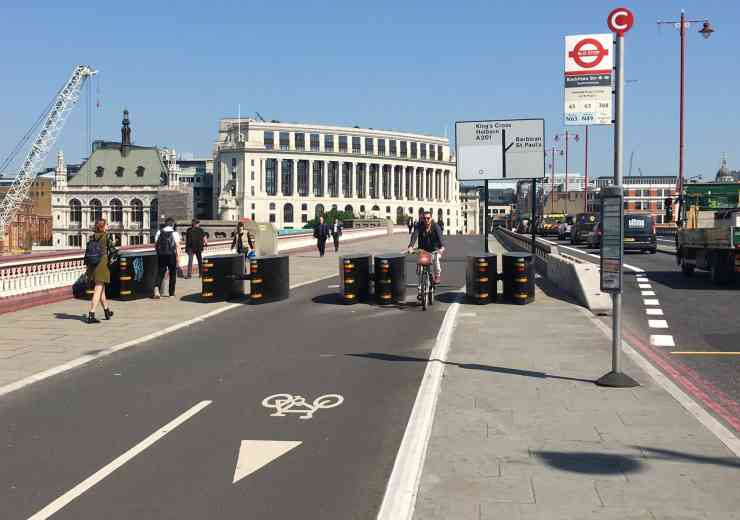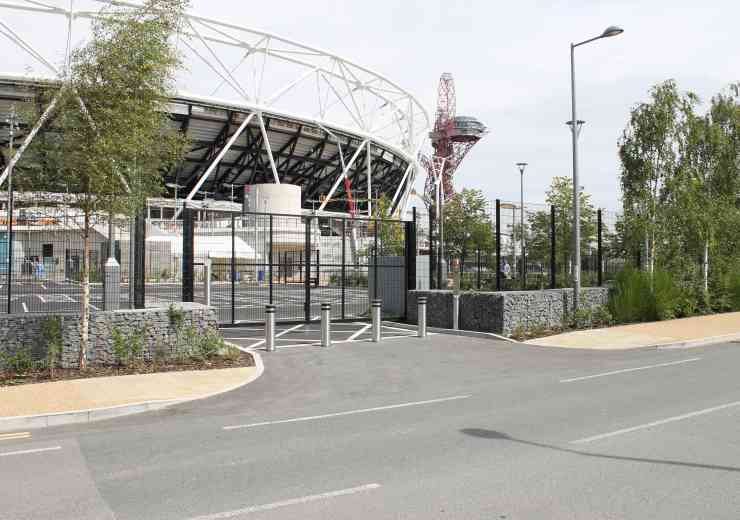
The protection of crowded spaces
Paul Jeffrey, chairman of the Perimeter Security Suppliers Association, analyses the role that perimeter security can have in ensuring the safety of large groups of people, in the light of the prominence of vehicular attacks in recent years
We have all seen the media reports about terrorist attacks on crowded spaces whether by the use of vehicles as weapons, armed attack or suicide bombing (or a combination of all three). The results of these attacks are often mass casualty and invariably visibly shocking.
As a result of this new approach to terrorist attacks, crowded spaces are now seen as high risk areas that need careful consideration when reviewing the safety of the public at venues or special events. These venues include (but are not limited to) stadia, concert halls, shopping centres, stations, airports, Xmas markets, festival sites etc. as well as any other location where crowds can gather.
The starting point for any public space security review is the completion of a detailed threat/risk assessment which is designed to identify and understand the types and levels of risk to public safety created by the use of the venue. This is often a complex process and can be eased by the use of specialist consultants to help identify and manage the risks within the operational and budget constraints. There is always plenty of help available for this from the regional Counter Terrorism Security Co-ordinators, Counter Terrorism Security Advisers’s or direct from CPNI.
Once there is a detailed understanding and summary of the security risks, an Operational Requirements plan should be used to create a venue /event specific security plan. This would involve interaction with all stakeholders to ensure ‘buy-in’ and widespread acceptance. This will only benefit the planning as each stakeholder will generally have a priority focus. Input from all areas is essential to good planning.
While security is everyone’s responsibility, the main over-arching stakeholders in protection of crowded spaces are the event organisers and space owners who will work with the government security teams to create a safer environment in and around the venue.
Effective solutions to security risk should be multi-layered and would include weapon detection, physical barrier systems, suitably trained security personnel, incident response as well as command and control. The best solutions are generally ‘onion skin’ solutions using not only layers of differing security strategies but also concentric security perimeter rings. The consequences of ineffective planning are not only the failure to properly mitigate the risk but also the waste of precious budget funds.
Any protection introduced to improve the levels of physical protection afforded to the public must be appropriate and proportionate and wherever possible should be a permanent solution using rated barriers tested by an independent test house (for example PAS68/IWA 14-1 tested active or static solutions). However, if permanent solutions are not practicable, affordable or suitable, there is a fast developing availability of a range of temporary/fast deployment barriers from PSSA members which should be considered (these barriers are often available to hire for short term events). Special care should always be taken when considering rated barriers and a full understanding of test results and how effective the barriers are likely to be is critical.
In addition to the crowded space itself, there is also a duty of care towards crowds travelling to and from an ‘island’ venue site (for example crowds converging on a football stadium) as it is often easier for attacks to occur en-route to a venue than within a more centralised cordon zone. While security protection is often designed to control approach and entry to a venue, it is important to remember that attacks can occur on egress as well and this should be considered in the security planning.
A well designed physical barrier system should provide effective protection for those on the secure side of the system however the use of any barrier systems to protect against vehicle as weapon (VAW) attacks should be risk assessed to fully understand the residual risk to public safety. This residual risk can include unmanned entry/exit points, second wave attack, slow speed (push) impact etc.
Operational security personnel are the front line of public protection and must be well trained in countering terrorism. The key to their success in pre-empting and preventing attacks is observation and being able to identify unnatural behaviour. This is one of the fundamental elements of good security training. Obviously, identification is of no great benefit without good communication and command and control support.
When hardening an area and restricting access to specific control points, it should be noted that the system implementation itself may create a greater hazard to locally positioned operational staff as well as surrounding buildings. The implementation may therefore create a duty of care to third parties and this should be considered as part of the Operational Requirements plan.
Project command and control is critical to the effective running of a security project and encompasses all of the real time information processing, contingency plans, co-ordination etc. needed to effectively manage the security of a venue. Obviously, without a central control system and protocol, the strategy is highly unlikely to work and a specialist review of this is advisable unless it is being managed by government security teams.
It is always worth keeping abreast of the latest government security advice as there are relevant guidance documents available that would support the security planning by informing visitors to a venue or event of precautions, vigilance and what to do in an emergency (eg the Be Safe Be Sound Campaign – aimed at Festival goers). A review of relevant resources provided by CPNI is always a good starting point.
















